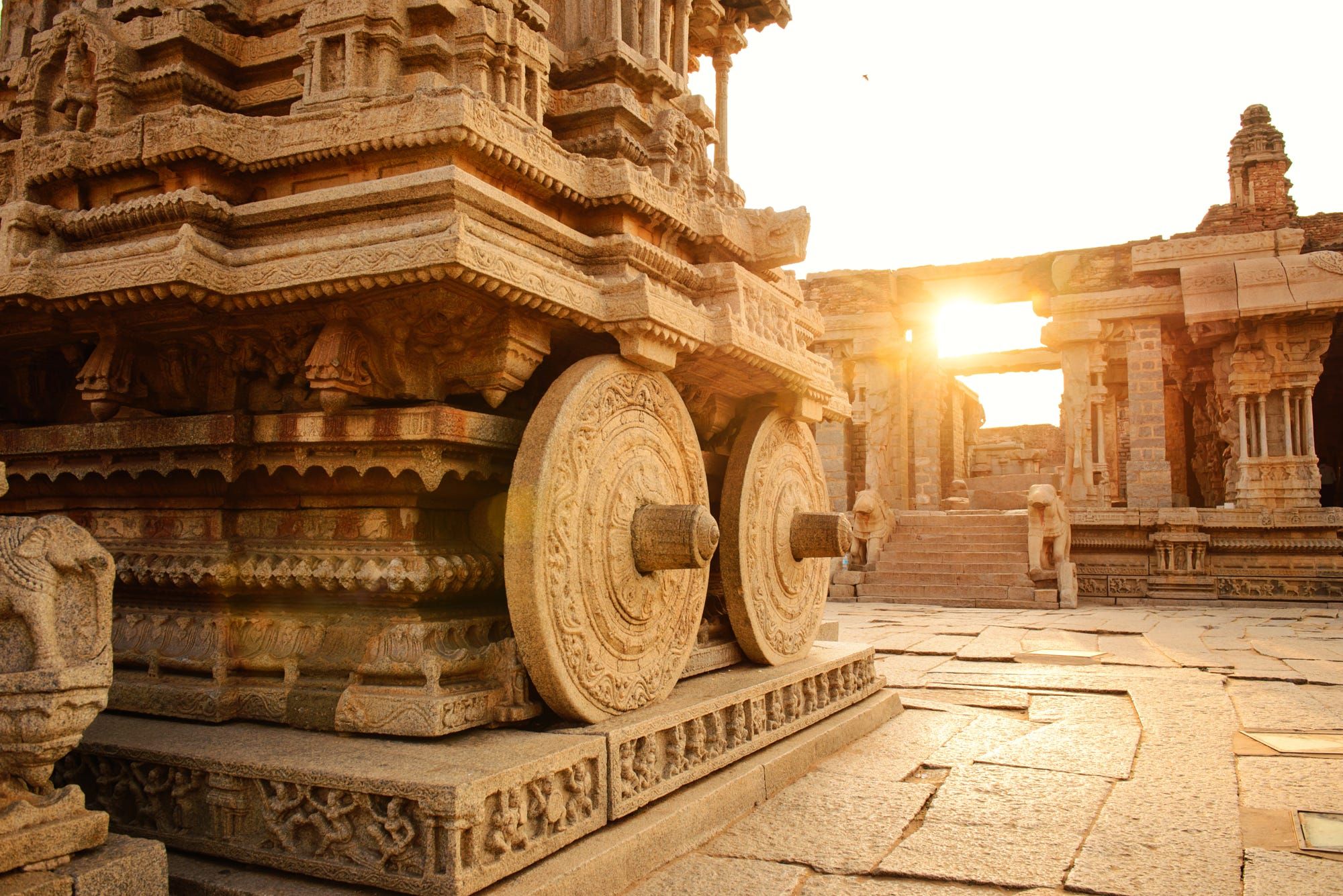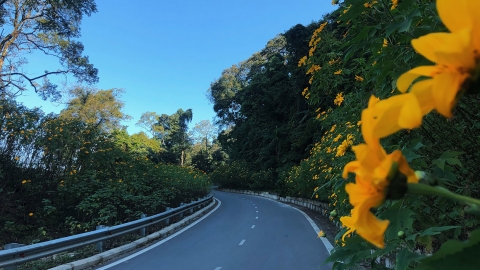The Konark Sun Temple is located outside the city of Puri in Orissa, India, on the shores of the Bay of Bengal. Orissa was once the center of Brahmanism in India. The Konark Sun Temple was built around 1238-1264 during the reign of King Narasimha Deva in the Kalinga style of architecture - one of the distinctive architectural styles of India. India has many Sun temples, but the Konark Sun Temple is the largest of them, a testament to the prosperity of the Orissa kingdom and is closely related to Brahmanism in history.

The entire temple is built from sandstone with elaborate carvings and is shaped like a chariot with 24 wheels and 6 horses. In front of the temple are 2 large lions guarding it.

Due to its special geographical location, the Konark Sun Temple is the place to welcome the first rays of sunlight on the Bay of Bengal. The 24 wheels outside the temple with sculptures of engines and axles symbolize the cycle of seasons and months.
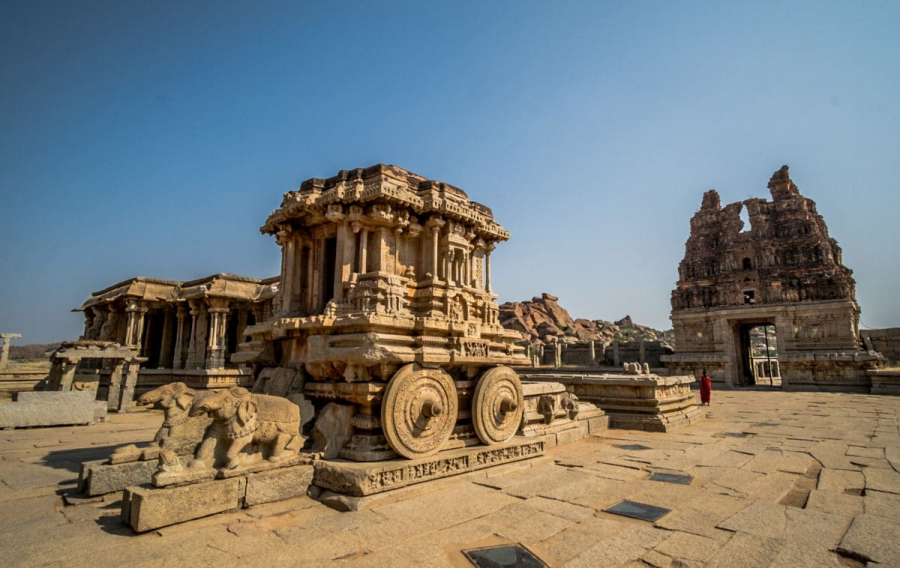
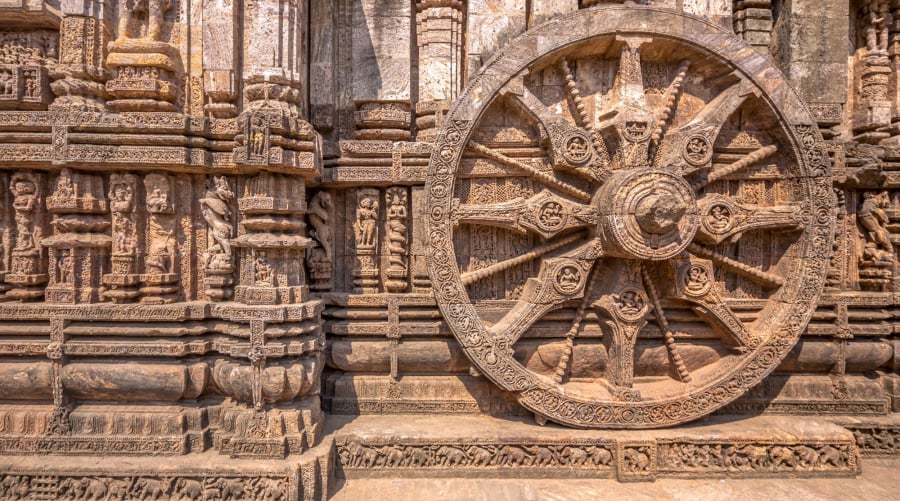
Like many other temples in India, the Konark Sun Temple is divided into separate areas. Around the temple are many elaborate and sophisticated relief carvings typical of India. Initially, the main structure of the temple was 70 m high, but now this structure is no longer intact, only the main pillars remain. Next is a 30 m high auditorium (Jagamohana) which still exists today, and is the main structure in the remaining ruins.



Legend has it that the temple was built by Samba, the son of Lord Krishna. Samba suffered from leprosy and after twelve years of penance, he was cured by Lord Surya and so he built this temple as a thank you to the Sun God. Konark is derived from the name of the Sun God in Indian mythology.
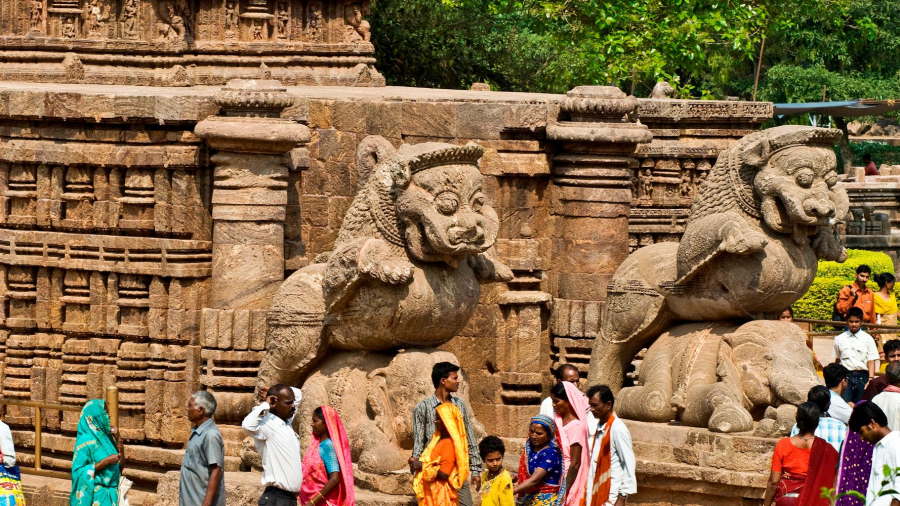
Currently, Konark Sun Temple is one of the seven wonders of India and was recognized by UNESCO as a World Cultural Heritage in 1984, so on major holidays, many Indians often make pilgrimages here to pay respect to the god Surya. Tourists also come here to visit quite a lot to learn about one of the religious relics of India. The temple is located in the middle of a beautiful natural landscape, still quite wild, so it is more mysterious and attractive to tourists.





